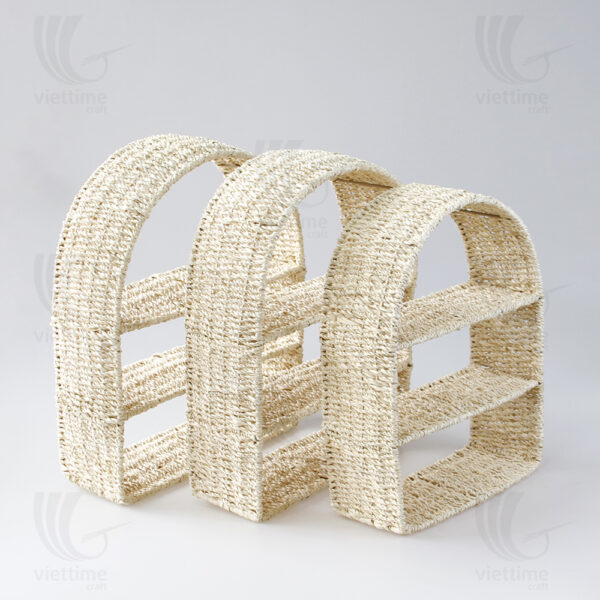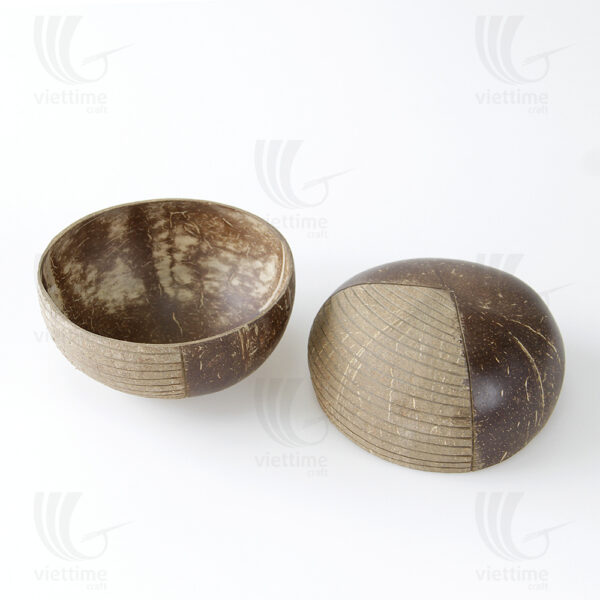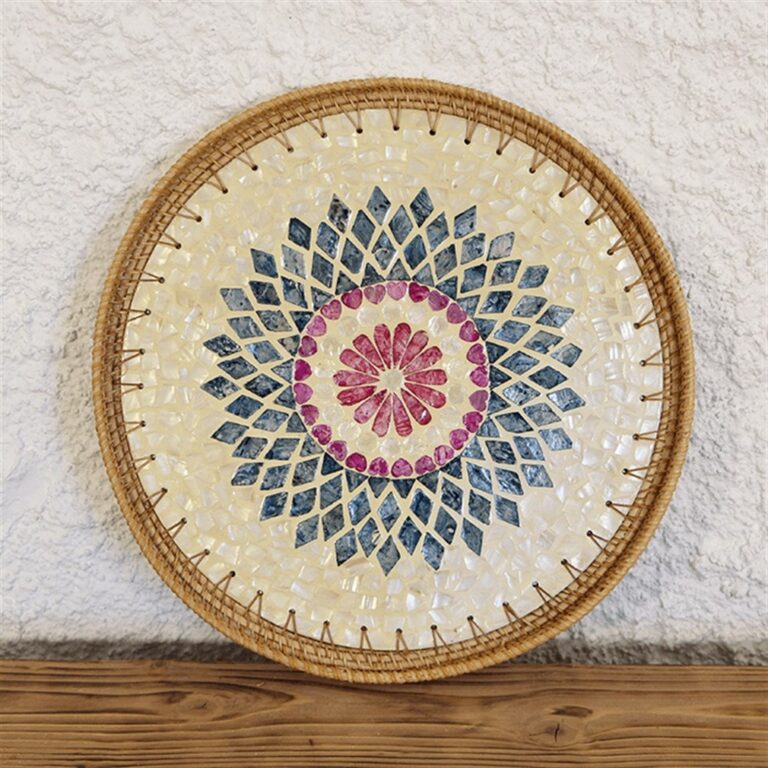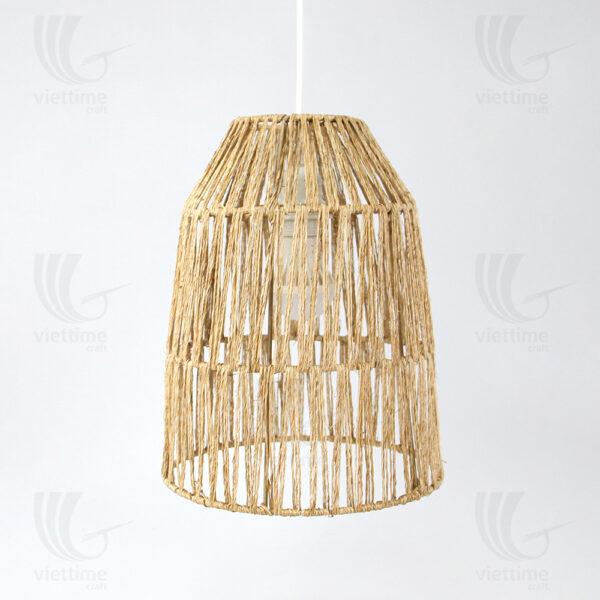We are confident that our handicraft new material & product design can put you ahead of the competition with fast development thanks to our ten years of expertise in product design & development.
New Material
Creative artisans, seeing the wealth of natural materials available – rattan, bamboo, nipa palm, pina or abaca (pineapple and hemp fibers), marble, and seashells. They have used them to fashion a range of handicrafts, from tiny baskets to massive pieces of furniture.
In Vietnam, every province is having different and unique art cultures. Different provinces of our country specialize in their native and regional handicraft. We are very lucky to discover an abundance of handcraft products that prevails in an abundance of handcrafted home décor products that prevails in Vietnam.




Straw Handicraft
Straw art may look simple, but it involves tedious and long hours of collecting and drying of the straw mache into different shapes. Bright colors can make the art pieces vibrant and stylish, such as placemats, hats, wallets, wall decors, and many more.
Jute Handicraft
Tây Ninh, Đắc Lắc, Thanh Hóa, Phú Yên, Long An, Kiên Giang…are the leading jute producers in Vietnam.
For instance, Jute products include jute bags, jewelry, lamps, rugs, footwear, tables, wall hangings, and many other products. Jute products are eco-friendly, and affordable, and help decorate your house in a natural.
You can buy well-known Jute Handicraft from Here.
Shell Handicraft
We use shells to make some amazing home décor items: eggs shell, mother of pearls shell, and seashell.
New Design
A skilled craftsman sees more in a piece of wood than meets the eye. Our artist is capable of transforming even the most common natural material into a beautiful work of art with enough time and the proper equipment.
Design offers a process and the tools necessary for the handicraft industry to develop fresh, workable user-centered concepts and patterns. That they can commercialize. While some items need to be replaced with more environmentally friendly alternatives, others must be redesigned to increase their eco-efficiency.
The group of participants offered three suggestions for the design principles for the handicraft industry’s sustainable development. As the result, three solutions are reproduction, modification, and innovation.
We always aim to improve the design of traditional handicrafts. Therefore modifying it to something for other purposes with additional value, such as altering goods to a new function of everyday living or innovation. It is the development of products that do not conform to the traditional and original manner of manufacturing handcrafted items, such as colors, shapes, designs, and patterns.